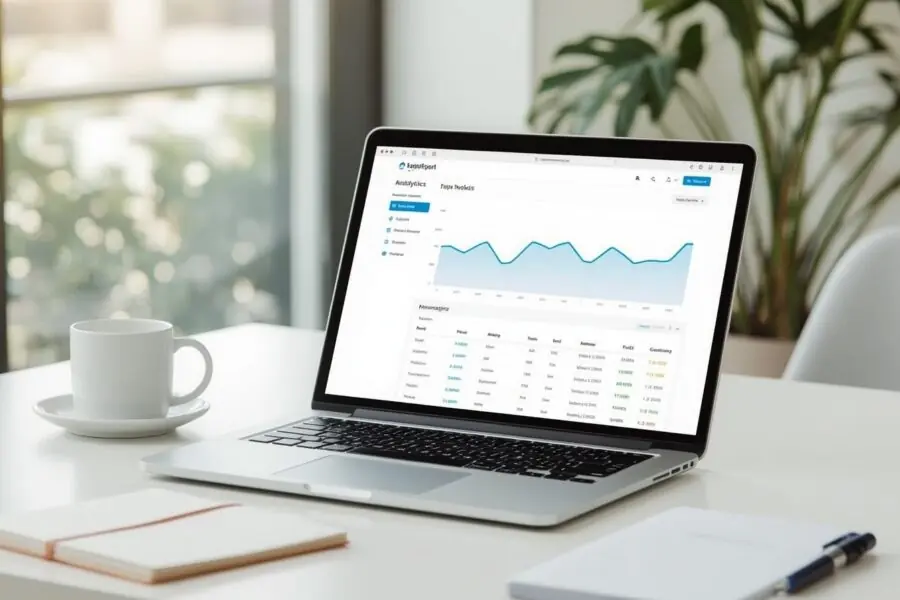
Launching your website is a big milestone — but it’s only the beginning.
A website needs ongoing care to stay fast, secure, and effective at attracting customers. Whether you manage your own WordPress site or work with a developer, this 12-month website maintenance checklist will help you keep everything running smoothly.
Month 1–2: Initial Review and Performance Tuning
After the excitement of launch, it’s time to check how your site behaves in the real world.
- Monitor loading speed with tools like PageSpeed Insights and GTmetrix
- Check that Google Search Console and Google Analytics 4 (GA4) are properly tracking data
- Review basic SEO: page titles, meta descriptions, image alt tags
- Test all contact forms and emails to ensure they deliver properly
- Make a full site backup (files and database)
Tip: Small performance tweaks early on can improve user experience and SEO ranking significantly.
Month 3–4: Security and Updates
Websites are vulnerable if left unattended. Keeping everything updated is the best protection.
- Update WordPress core, plugins, and themes regularly
- Install a security plugin like Wordfence or Sucuri
- Remove unused plugins and themes
- Schedule automatic backups at least weekly
- Test restoring a backup to ensure it works
Tip: Keep a “staging” version of your website to safely test updates before applying them live.

Month 5–6: SEO and Content Optimization
By now, Google has collected some data on your site. Use it to refine your SEO strategy.
- Review which pages bring traffic in Google Search Console
- Update old posts or service pages with new keywords
- Compress images for faster loading
- Add internal links between relevant pages
- Ensure schema markup (business info, reviews) is active
Tip: Fresh content signals to Google that your business is active — even small updates matter.
Month 7–9: Analytics and User Behavior
Now that your site has a few months of data, it’s time to analyze how visitors interact with it.
- Use GA4 reports to track bounce rate and conversions
- Set up heatmaps (Hotjar, Microsoft Clarity) to visualize clicks and scroll depth
- Identify underperforming pages and improve their CTAs (calls to action)
- Check local SEO: Google Business Profile, NAP consistency, and reviews
Tip: Even small layout or CTA changes can increase leads dramatically when guided by analytics.
Month 10–12: Growth and Upgrades
Your site has matured — now think about scaling.
- Add a blog or expand service pages
- Integrate automation tools (email marketing, booking, chatbots)
- Review eCommerce settings and abandoned cart rates
- Optimize for new devices or browser updates
- Plan next-year goals and possible redesign needs
Tip: A yearly review helps you see ROI and plan future improvements strategically.

A well-maintained website can last for years without major overhauls — but only if it’s updated regularly.
Think of your website as a living business asset, not a one-time project. Regular care ensures it keeps attracting clients and representing your brand professionally.
Growing Online